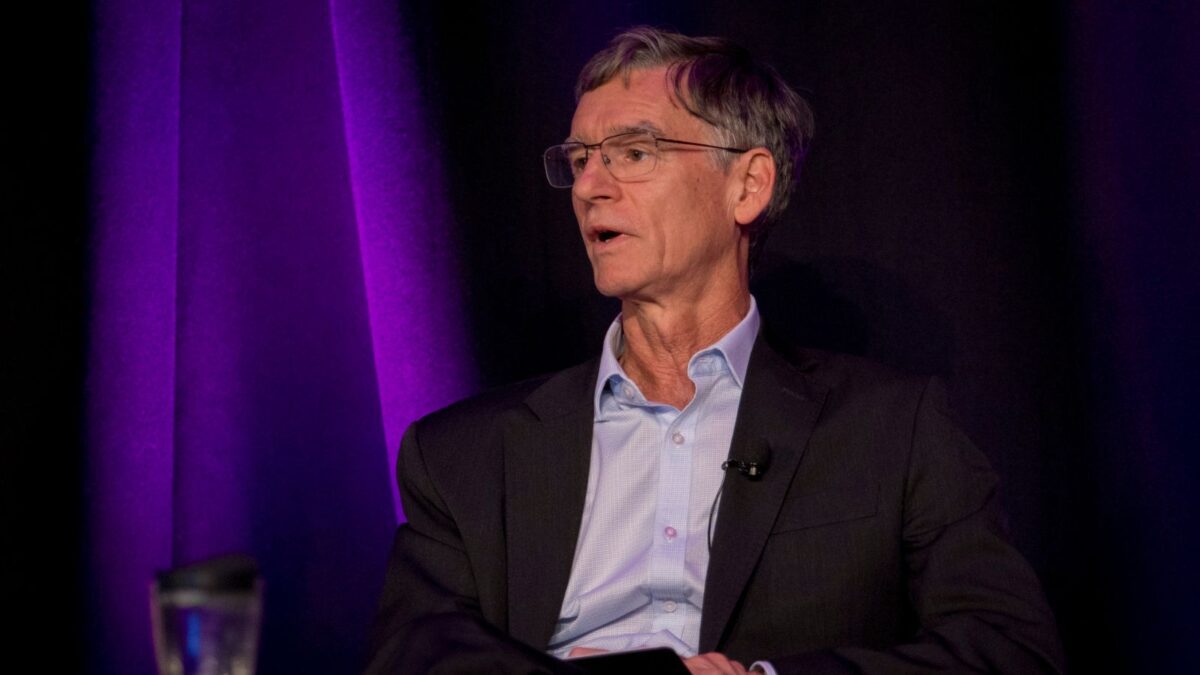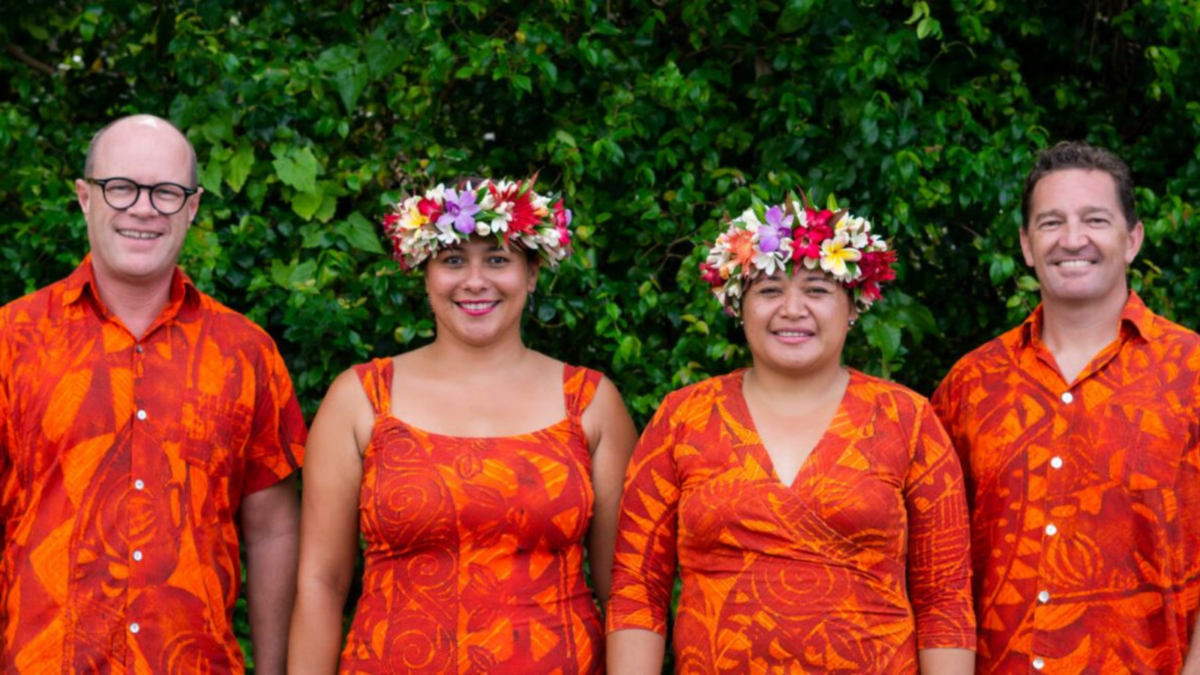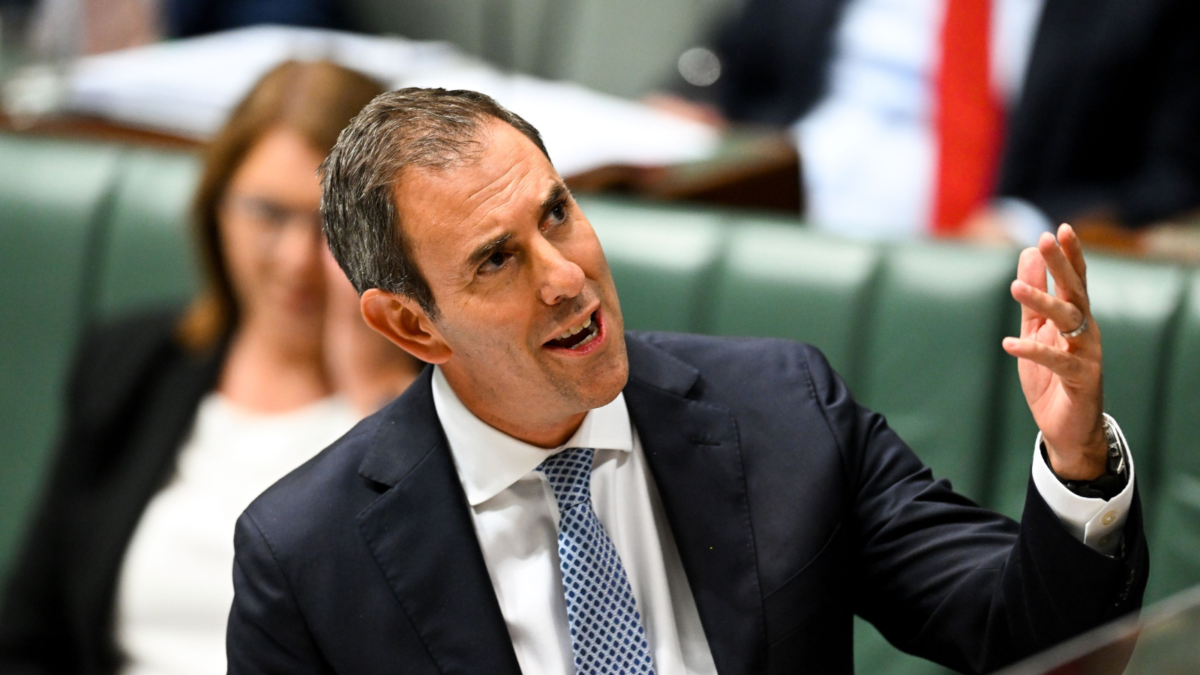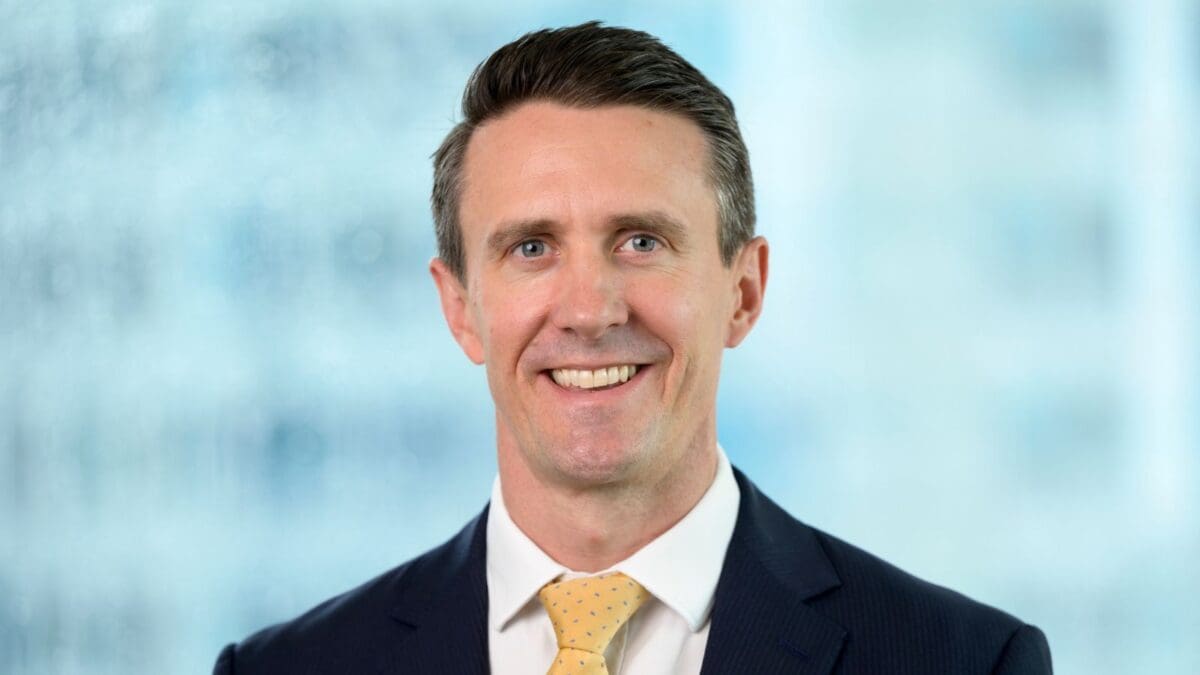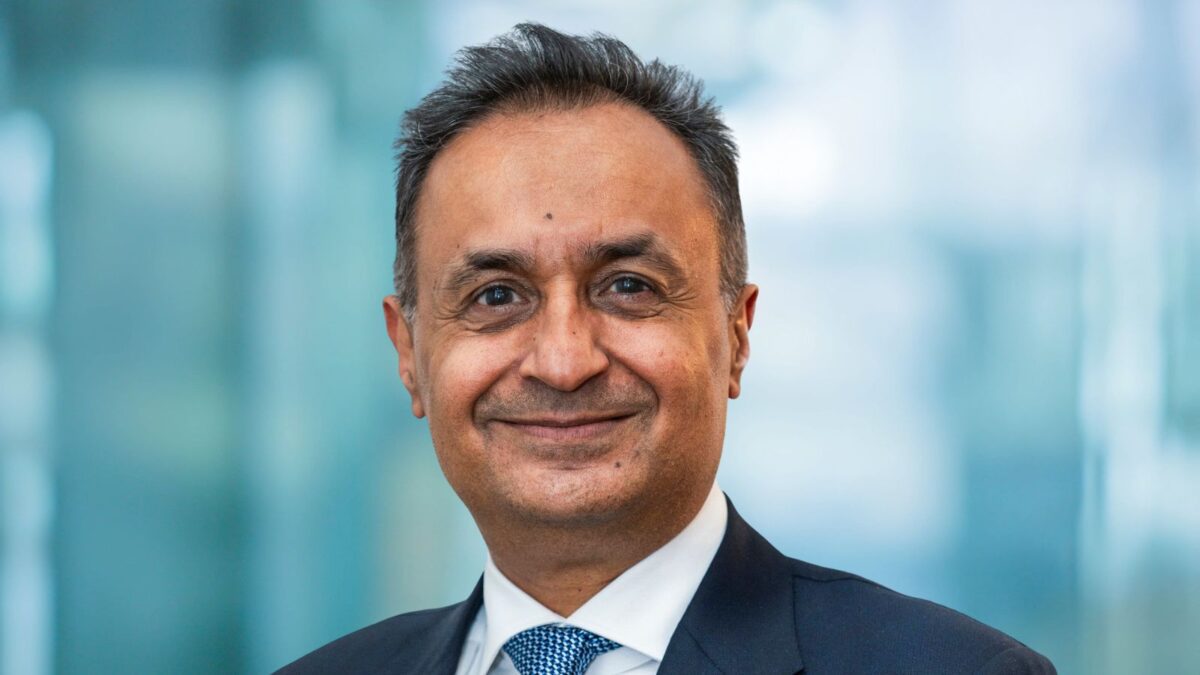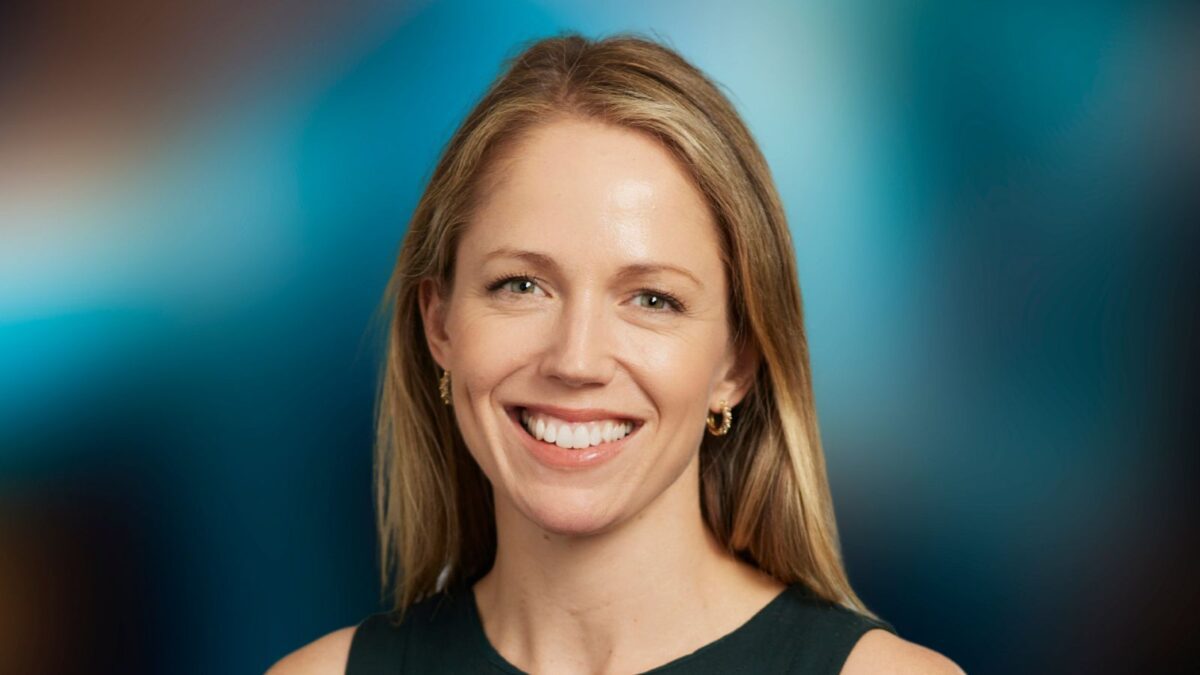‘Pacific money, Pacific investments’: How Cook Islands Super is investing for its future
“It’s different,” says David Brown (top left), CIO of the Cook Island National Superannuation Fund (CINSF), of the fund he works for. “I like to think it’s better… In Australia, trustees are in a competitive environment where they’re really concerned about market share. But they don’t really own the liabilities – they have member balances in retirement but aren’t focused on a post-retirement outcome.”
“It’s very different for us. There’s no competition – we’re one fund, a national fund, but it’s all about a post-retirement set of liabilities that we need to manage to.”
When ISN speaks with Brown he’s still on “Raro time” – 20 hours behind. He’s spent the last two years on Rarotonga, the largest island of the Cook Islands, looking after roughly AU$220 million on behalf of almost 13,000 members. He’ll now be splitting his time between Australia and the Cook Islands.
CINSF is tiny in comparison to the average Australian superannuation fund, but just as – if not more – complex. Much of that complexity stems from the fact that it’s a defined contribution fund that has to have a defined benefit mindset. Its membership is rapidly maturing; the retirement age in the Cook Islands is 60, and at that point at least 75 per cent of the accumulated balance goes into a pension for the life of the member and their spouse.
“That changes the entire focus of the trustee to a whole of life liability, a pension liability,” Brown says. “That changes the investment strategy, and the approach to reserving.”
The Cook Islands is considered a developed country, but it’s still a low-income country. The average earnings for a member are around NZD$27,000, which compares very well against some countries – the joke is that Rarotonga is the Beverly Hills of the South Pacific. Its longest serving members have only had half their career in the fund, and the balances are more modest. The state pension is around NZD$500 a month; the average pension that CINSF pays out is NZD$300 a month. The fund is hoping to eclipse the state pension “fairly significantly” in the next decade.
“It’s highly actuarial in a country where we don’t have good mortality statistics because their health system is such that if they get really seriously ill they get put on a plane to New Zealand and a hospital in Auckland,” Brown says. “If they die in Auckland they go in the New Zealand mortality stats.”
“When it comes to actuaries assessing what our pension rate is, a lot of non-parametric considerations come into play. We have experience from our own membership, and we can see the average age of death is lower than the New Zealand MÄori tables that we use (roughly 74, while Cook Island government statistics and fund data indicate average age at death is 68). So we’ve got to reserve this pension obligation, make sure that the fund has solvency as a pension payer, and figure out how best to pay that in a way that means there’s not too much left over going to the estate.”
Not a cookie cutter
Brown took up the CIO role in 2021, following a stint at Christian Super and nearly four years as CIO of Papua New Guinea’s nasfund. When he arrived in Rarotonga there were three investment options – conservative, balanced, and growth, with conservative as the default, which is in the process of being changed. The fund was outsourced to a number of Russel funds, which were “quite expensive and didn’t result in the outcomes (they) wanted”; it’s since gone to a reference portfolio comprised of a global equity ETF and a global fixed interest ETF, and is putting in place a new administrative platform that will allow CINSF to increase the diversity of its investments and get a value-add alpha generating portfolio that goes “above and beyond” the reference portfolio outcome.
“It’s Pacific money with Pacific talent doing Pacific investments for the benefit of Pacific members… It’s a vast area and it’s kind of fun doing things with like-minded investors.”
The mere act of transacting is made complex by CINSF’s location. Buying the aforementioned ETFs on the NZX as a foreign investor would have created substantial withholding tax leakage; buying them on the ASX would have introduced currency hedging issues, though not insurmountable ones, given the AUD and NZD mostly move in lockstep. CINSF opted for the NZX-listed product, paying an extra fee to encase it in a variable-rate portfolio investment entity to prevent tax leakage.
“You end up having quite complex results because you’re a non-standard client,” Brown says. “All the KiwiSavers are cookie cutter; all the Australian funds are cookie cutter. But when you’re not from those places, there are all sorts of other wrinkles.”
The IFM of the Pacific
While Pacific Islands funds occasionally appear at superannuation conferences in Australia,
CINSF and other funds are now working on their own Pacific Island Investment Forum. They’re also in the formative stages of developing a collective approach to investing across the region, potentially in large infrastructure projects – a “Pacific version of what IFM was 20 years ago”.
“It’s a collectivist instinct, and it involves harmonisation of our various internal investment policies, then a joint process to work together. We’ve committed to that through a memorandum of understanding, the World Bank have helped us, New Zealand’s Ministry of Foreign Affairs and Trade and Australia’s Department of Foreign Affairs and Trade are interested in this.”
“It’s Pacific money with Pacific talent doing Pacific investments for the benefit of Pacific members. We represent, collectively, about $16-$20 billion and two million citizens in 12 countries across the blue continent of the Pacific ocean, or MoananuiÄkea, as they say in Polynesian languages. It’s a vast area and it’s kind of fun doing things with like-minded investors.”
Pictured: CINSF management team – (left to right) David Brown (CIO), Jacqui Urlich (CFO), Twinn Joseph (CCSO), Damien Beddoes (CEO)


